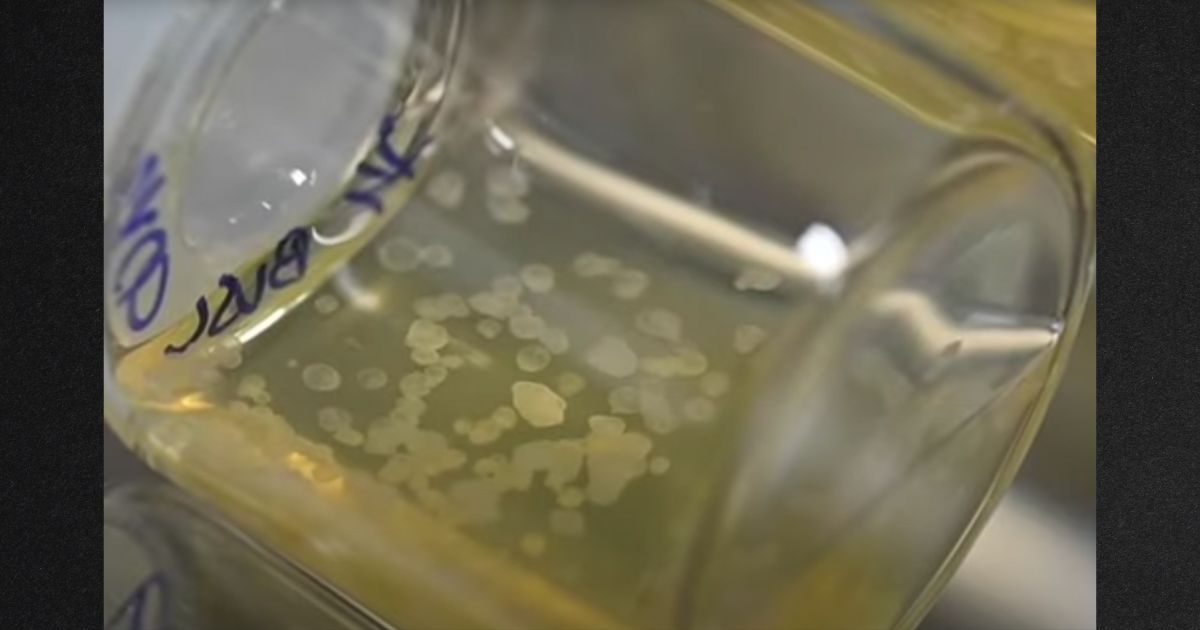The frightening future implications of new report from researchers at the Weizmann Institute of Science in Israel caused a stir among observers of the international science community.
Using neither sperm nor egg, researchers created the world’s first synthetic mouse embryo and watched it grow for over eight days inside of a specially designed bioreactor that served as a womb, according to Live Science Magazine.
The article describes what occurs inside the artificial womb. “Within the device, embryos float in small beakers of nutrient-filled solution, and the beakers are all locked into a spinning cylinder that keeps them in constant motion. This movement simulates how blood and nutrients flow to the placenta. The device also replicates the atmospheric pressure of a mouse uterus.”
A statement from Weizmann Institute explains that researchers started only with “stem cells cultured in a petri dish.” By the eighth day, “all their [the embryos] early organ progenitors had formed, including a beating heart, an emerging blood circulation, a brain, a neural tube and an intestinal tract.”
Comparing the synthetic embryos to natural embryos, researchers noted their lab-created “models displayed a 95 percent similarity in both the shape of internal structures and the gene expression patterns of different cell types.”
Professor Jacob Hanna of Weizmann’s Molecular Genetics Department is understandably very excited about this project, as he should be. This was a giant step toward being able to create human organs in a lab, which is the ultimate goal of this research. In the statement, he said, “The embryo is the best organ-making machine and the best 3D bioprinter – we tried to emulate what it does.”
For the more scientifically minded among us, detailed technical information regarding the process can be viewed in a report published Monday in Cell, a scientific journal.
The brief video below provides a visual of the process. (There is no audio.)
This breakthrough is great news for the medical community, particularly for those seeking organ transplants. It’s the prospect that scientists may one day go beyond organ creation and be able to create synthetic human “life” in a lab that frightens us.
Although we’re not likely to see synthetic humans anytime soon, I have no doubt the day will come. When it does, man will have the means to create “life,” as well as the power to end it.
Given the ease with which so many people are willing to end life via abortion, and even some through eugenics, perverting life even further is bound to have far-reaching and long-lasting consequences we are ill-equipped to deal with. Is mankind prepared to enter an age with this sort of innovation while society remains unconvinced on the sanctity of human life?
This is an ethical minefield. What right do scientists, or anyone else, have to conjure up a motherless, fatherless life inside of a laboratory? What will they unleash into the world if they do? What would a human formed inside a petri dish look like? Would they have a soul? Would they experience emotions?
Who would care for them? Who would make the important decisions about their lives or their deaths? Visions of Bill Gates and Klaus Schwab come to mind.
This is uncharted territory, and while many of us believe we shouldn’t tread there, it will be utterly impossible to stop scientists from forging ahead.
It’s almost like watching someone open Pandora’s box in slow motion. We can only pray that, this time, “hope” will be able to escape before the lid is slammed shut.
This article appeared originally on The Western Journal.

























 Continue with Google
Continue with Google